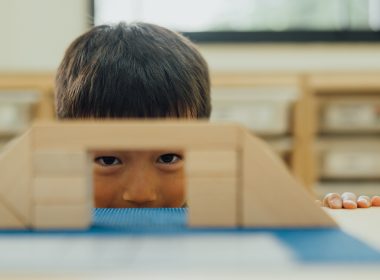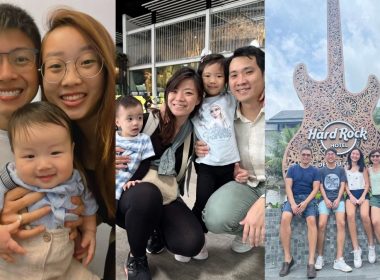By Eudora Tan
“Knowledge is not a specific destination,” an educator shared in one of the lectures from the Reggio Children Study Group in Reggio Emilia, Italy.
She explained that knowledge is constructed by each one of us in the context of our relationship between one another and other things. In this world of rapid dissemination of information, it is no longer just about acquiring knowledge but reflecting and making sense of it. This deeply resonated as an educator and a parent of two preschoolers.
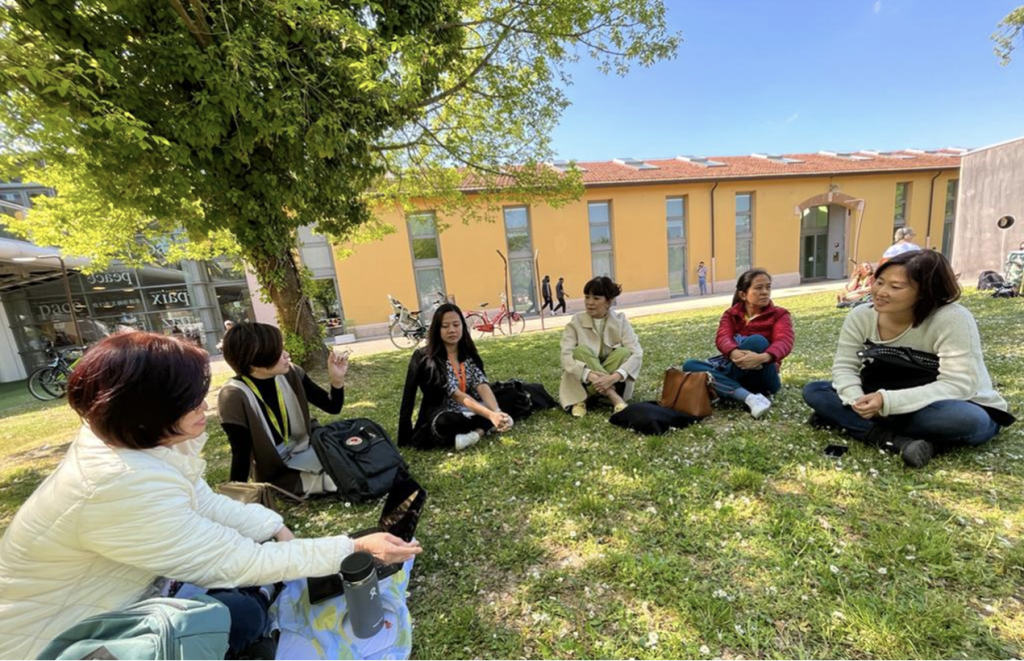
I often ask the children, whether in class or at home, why they had said something so they would have a chance to think deeper about their observation, and in role modelling my questioning, I hope they learn to employ the same rigor in approaching any topic.
In April, together with two educators from Anglican Preschool Services, I was privileged to be part of a delegation of over 400 educators from all over the world who attended the five-day conference. The conference comprised a series of lectures and hands-on workshops by experienced educators and researchers, visits to Reggio Emilia preschools as well as a visit to Remida, a creative recycling centre that is founded within the Reggio Emilia approach.

The Reggio Emilia approach is an educational philosophy based on the ‘image of the child’ with strong potentialities for development and a subject with rights. It stems from respect, responsibility, and community where learning happens through exploration, discovery, and play.
- It’s about empowering children to think critically
As we gleaned precious insights during the conference sessions and visits to the Reggio Emilia preschools, I learnt that the ‘image of the child’ – as curious, competent and with great potential for development – empowered the children to reflect and deepen their understanding of what they were curious about.
The children were encouraged to express their observations and thoughts through many ways and also to revisit them and think critically.
According to Yale University Professor of Psychology Frank Keil, critical thinking is “the ability to step back and look at what you’re doing, to look at the dimensions of the task, and to evaluate.” It is a life skill that is essentially a constant search for reliable information to help us make decisions, act or even to shape our beliefs.
We see this happening in adults but we often overlook the fact that children already possess and continue to hone this skill throughout their lives.
How can we continue to encourage curiosity and empower our children to think critically?
- Reflective learning lays the ground for deep thinking
In the Reggio Emilia schools that we visited, each indoor and outdoor environment is richly equipped with a large array of materials, learning documentation and provocative set-ups to allow for reflective learning to take place.
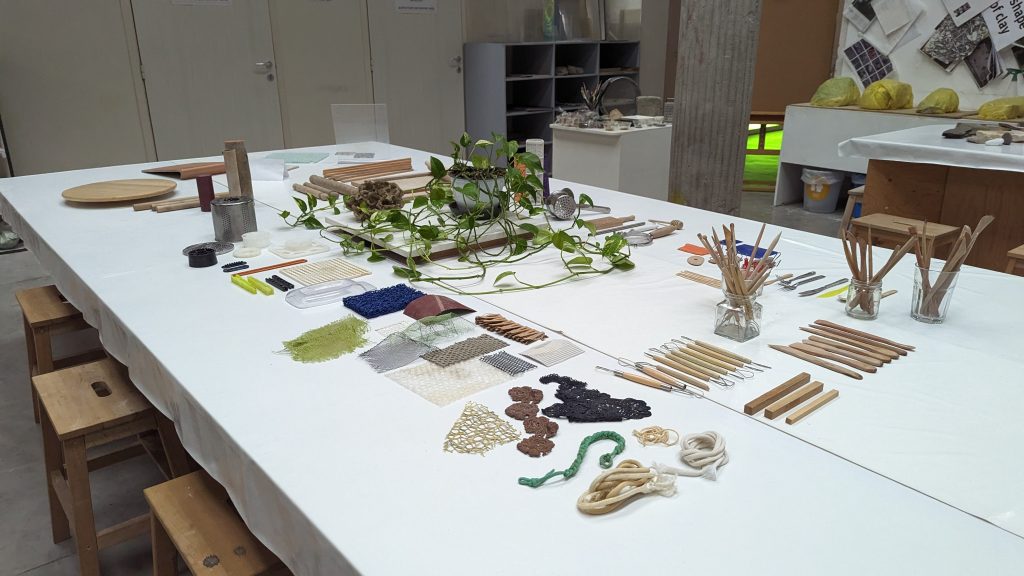
It lays the groundwork for rich and deep thinking where educators anticipate the multiple ways children will respond and facilitate these reciprocal interactions within the class or small groups.
For example, in an observational drawing activity, the educator may provide every child with the same task and materials, but as the activity progresses and discussions ensue, she would direct a pair of children to new resources (e.g. tracing paper to lay over their drawing) because they discovered something different.
For another pair of children, she may offer new colours or ask them questions about a particular detail. Sometimes she intentionally highlights these insights to the rest of the group to invite them to contribute.

This group inquiry process is intentionally deliberative in a way that focuses not on the product but on the process itself. Learning and thinking are processes and surely, not a product. In order to honour that, educators need to bring to light such processes.
3. It’s about respecting each unique child
Lastly, it’s about respecting and understanding each unique child to find out how they think, process and learn.
When I visited Nido Comunale Arcobaleno, an Infant-Toddler Centre, one of the educators shared with me that educators are also researchers because they deem the focus and attention of the toddlers in relation to their environment as research.
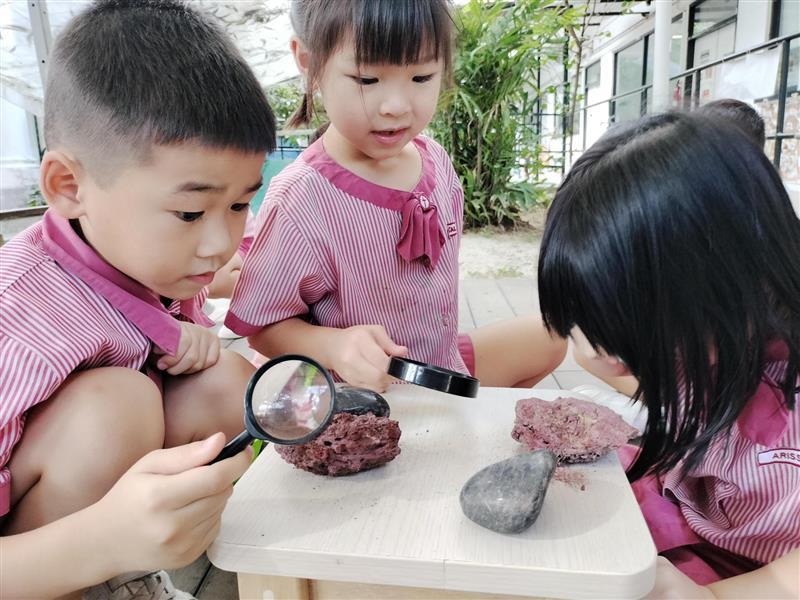
In this way, the educators discuss what they observe of the children’s investigations of concepts and prepare the following day’s materials accordingly.
I was very moved by the level of respect accorded to the children such that their thinking was honoured as research – magnified for understanding and extended for learning.
Practising Reggio Emilia in our preschools
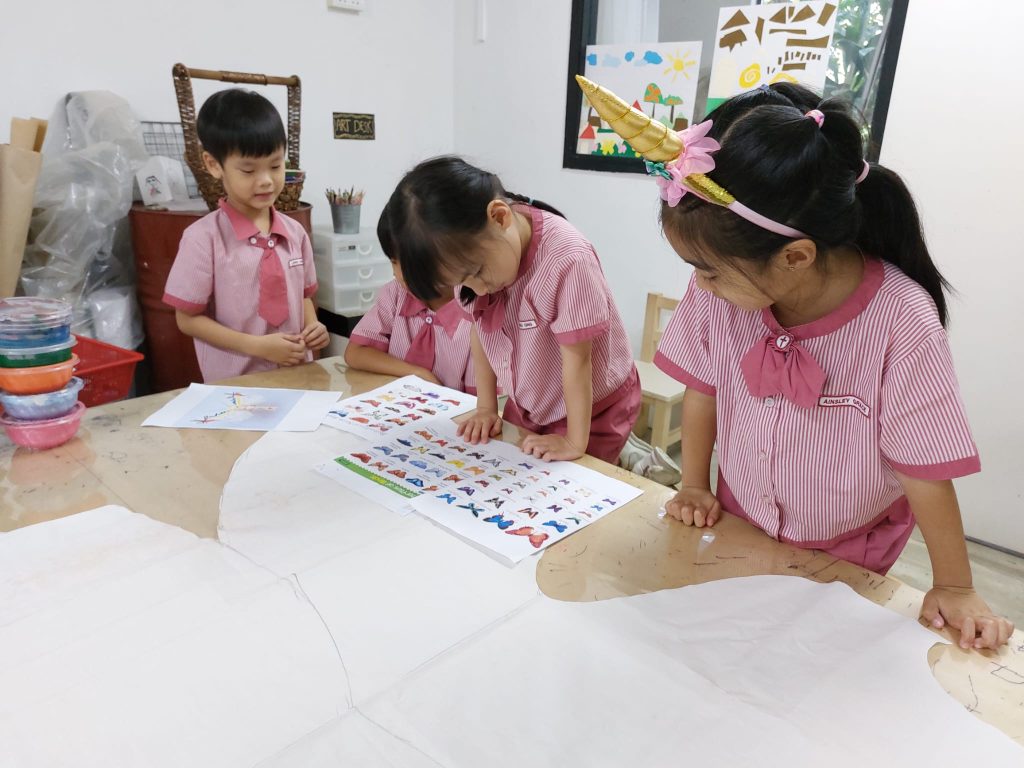
My experience in Reggio Emilia has inspired me to continue deepening our practice in high quality inquiry-based learning.
Starting in July, we have taken a similar approach in all our preschools where children embark on a specific topic of inquiry together with their classmates. Each class chooses a topic of interest and for a term, most of their learning experiences will revolve around this topic.
As educators, we not only facilitate in-depth discussions and explorations in the classroom, but also plan lessons based on discussions of what the children are curious about. We provide materials that provoke thinking and questions but also engage children in investigations that will help to validate or challenge their hypotheses.

One of our K2 classes in St. James Church Kindergarten (Gilstead) have been investigating the topic of “Creepy Crawlies” since they found them residing in our playground. During their exploration, they noticed that butterflies and moths were different. Taking their lead, our teachers provided photographs and books for them to investigate the actual differences.
The children discovered that while there are differences that make butterflies and moths special, there are also similarities. In fact, one such similarity was that “they are both beautiful”!

Based on the investigation, our teachers organised a group activity of recreating butterfly wings that would fit a child (so they too, could be butterflies!) and further led to a discussion on how God made all of us as special and unique with different interests and abilities to bless others.

Now that my journey to Reggio Emilia has ended, I have learnt that it is truly a journey, rather than a destination, as we co-own and co-develop this research together with our children to allow them to grow to their fullest potential.
To find out more about our preschools, visit https://www.anglicanps.edu.sg/


